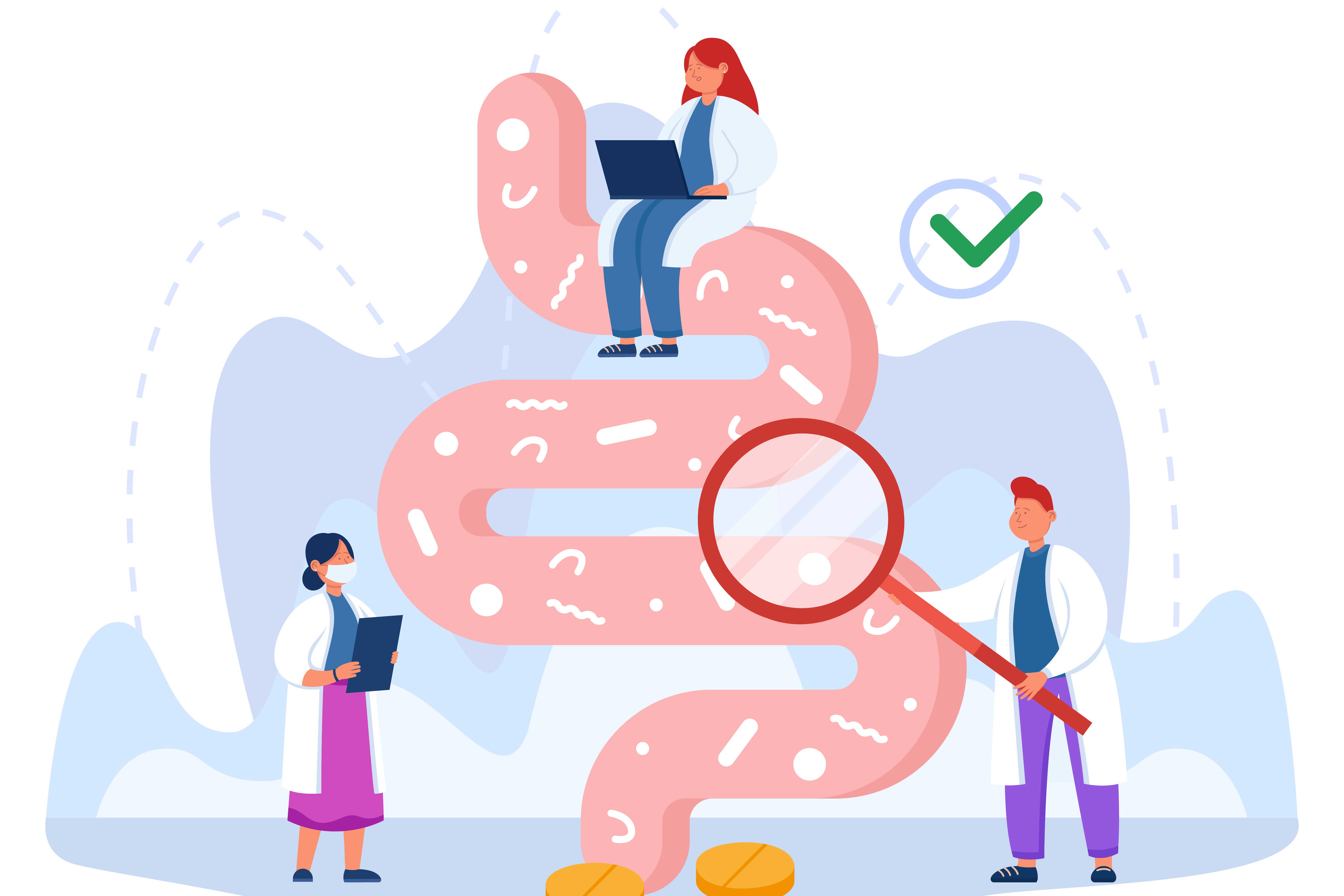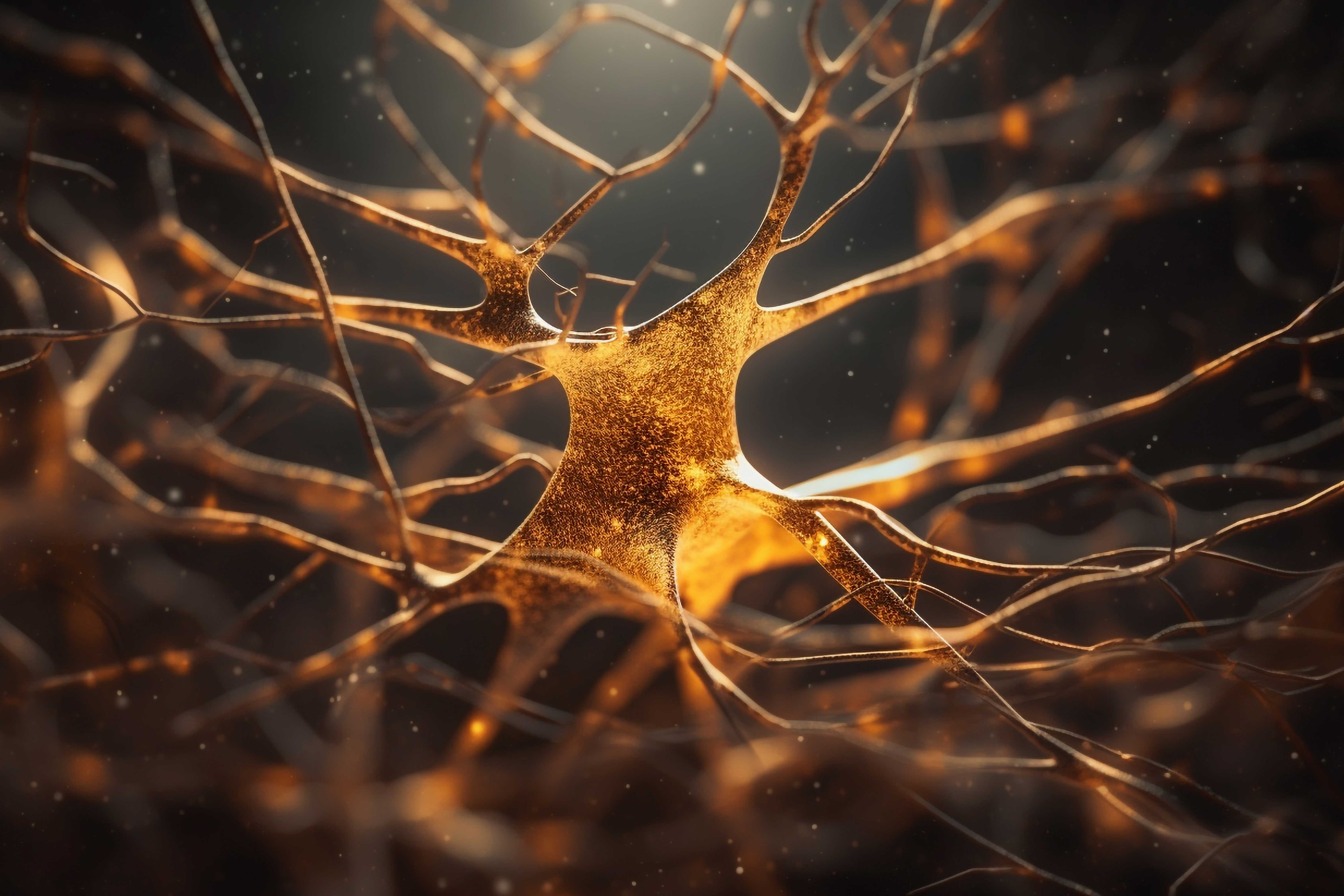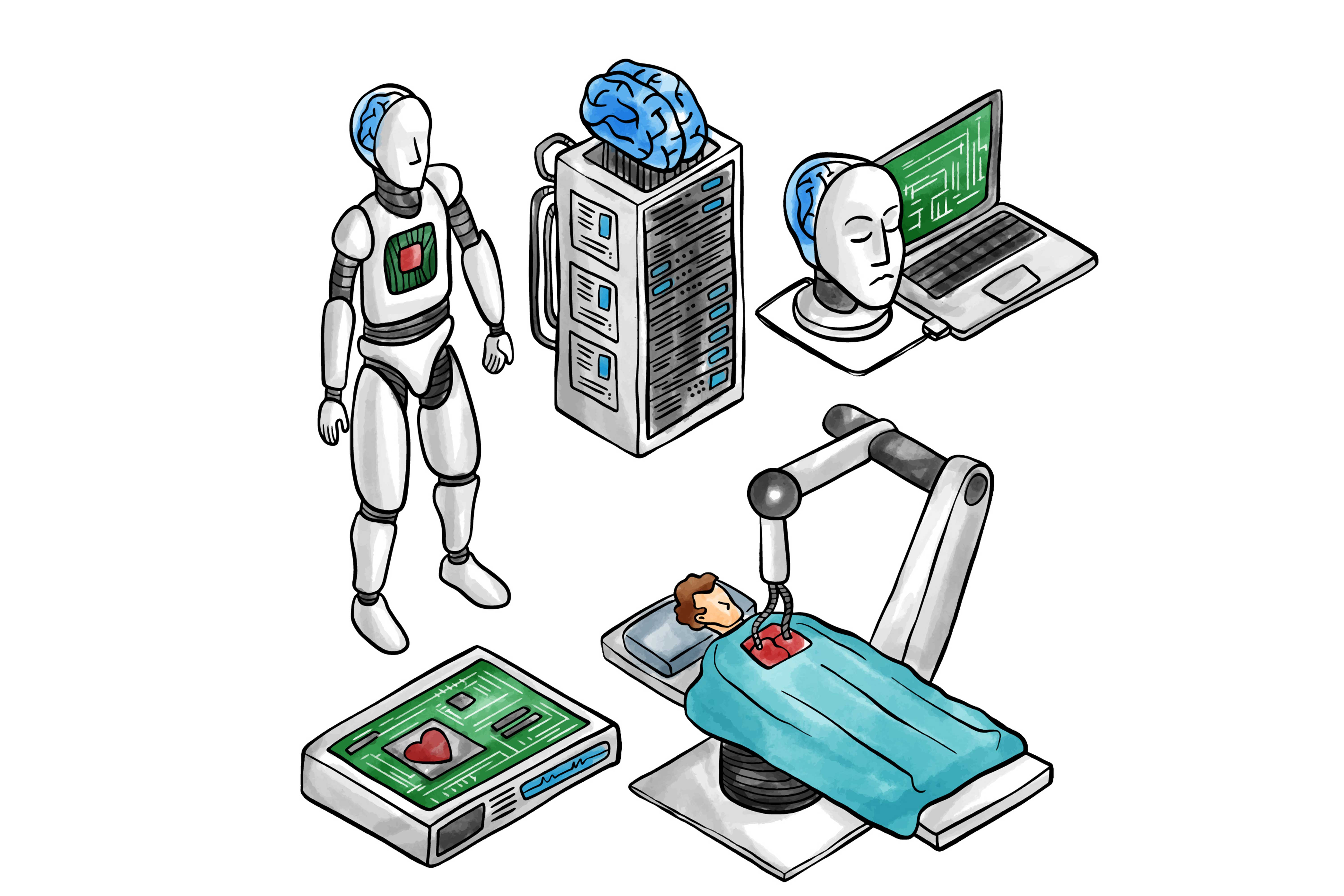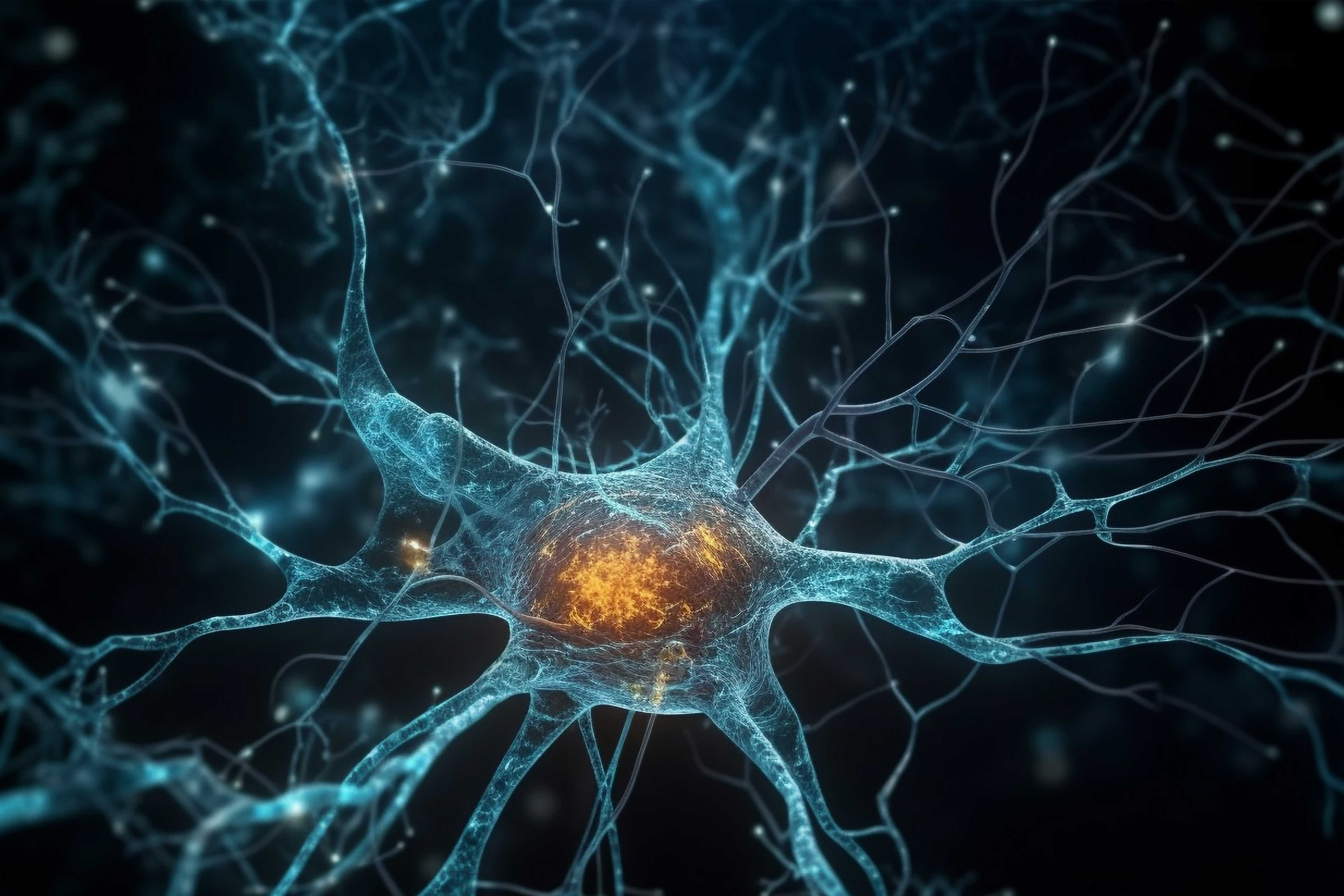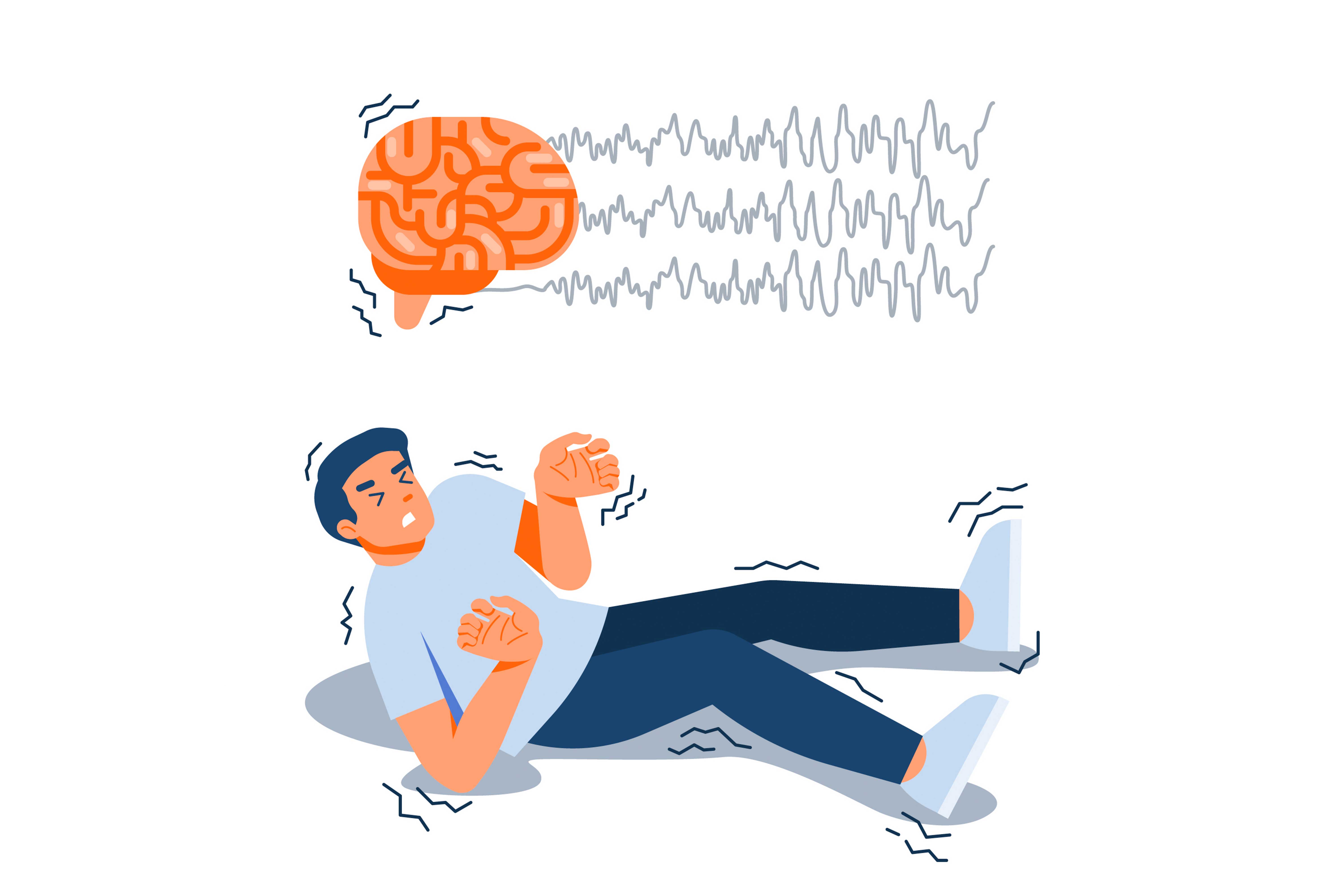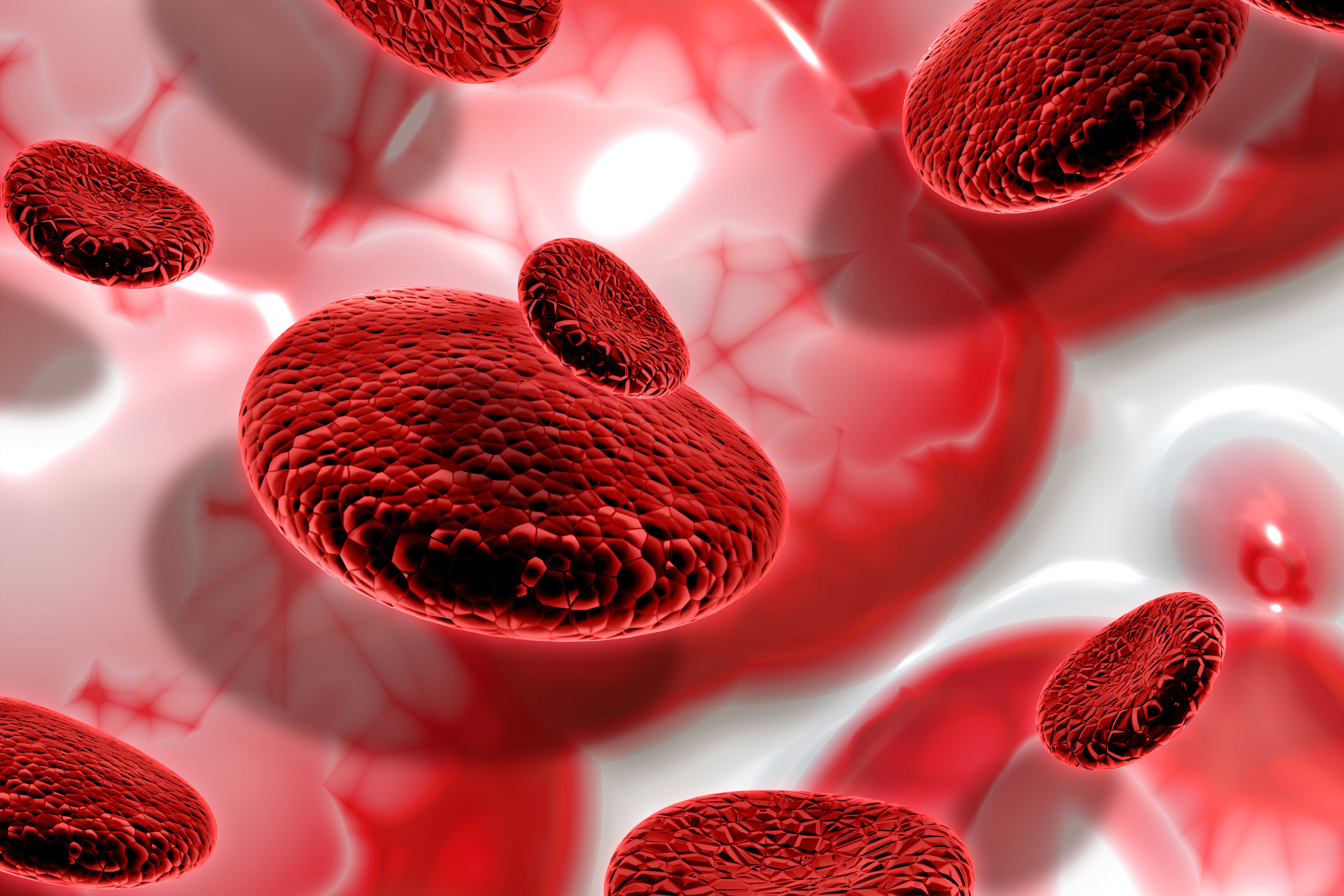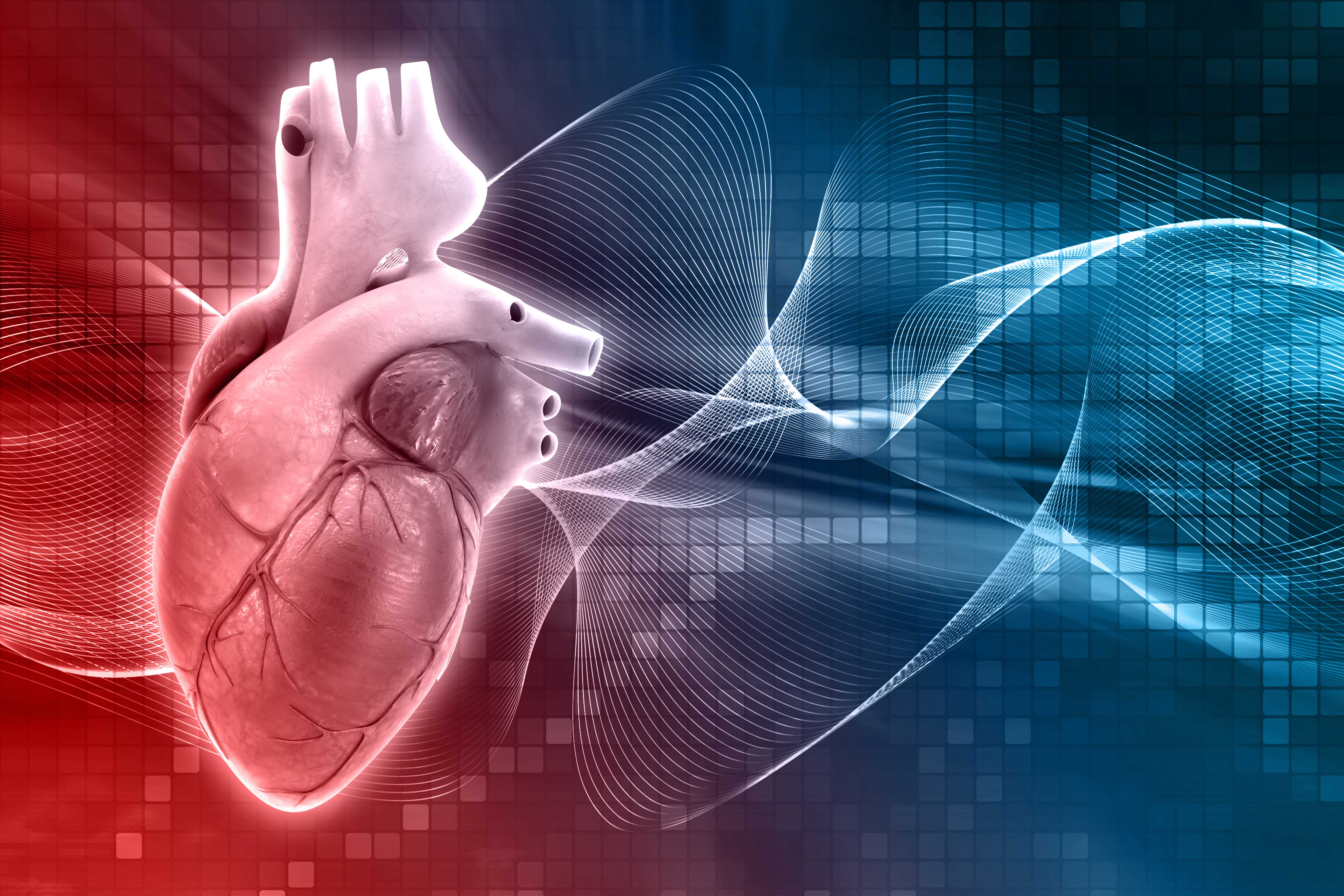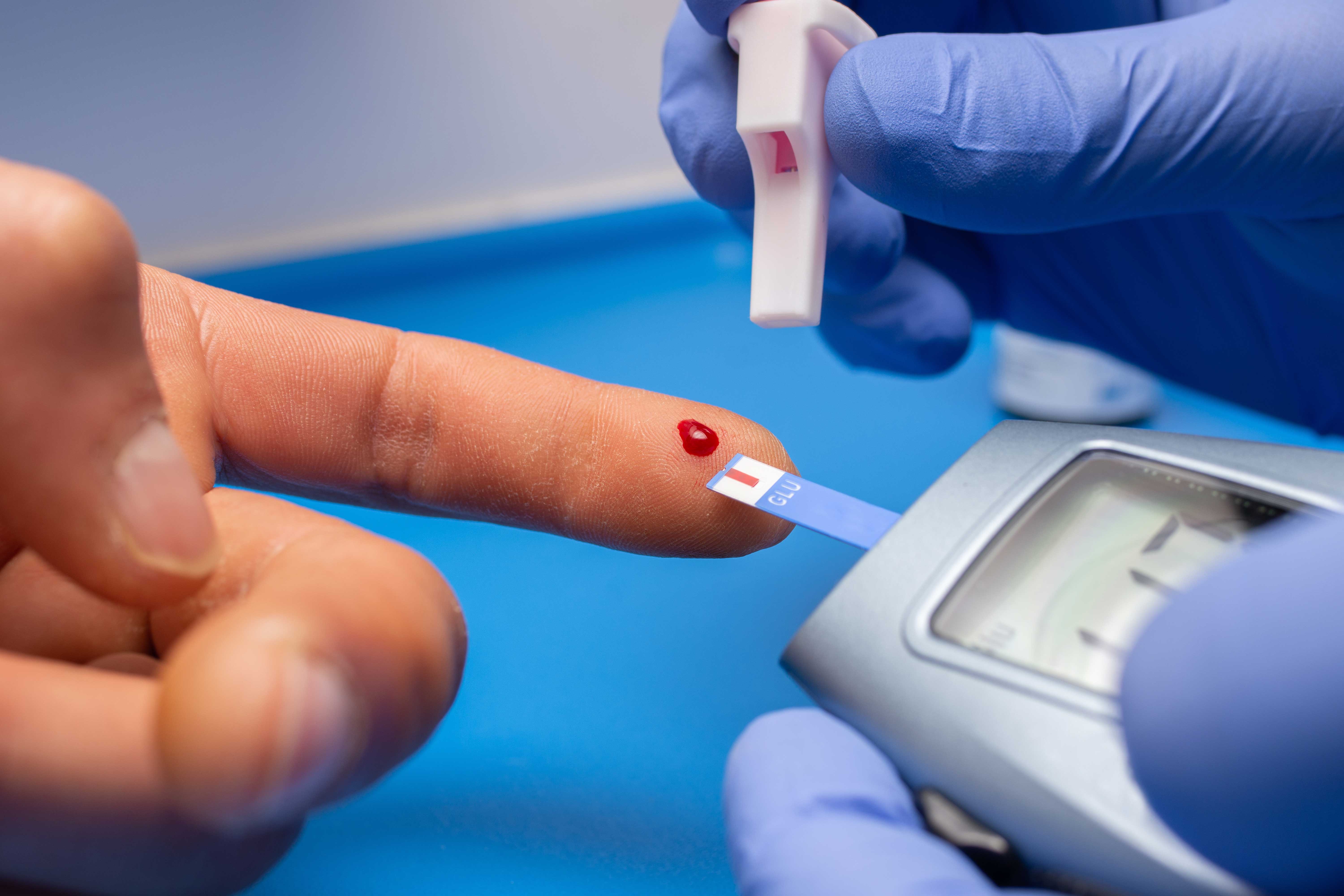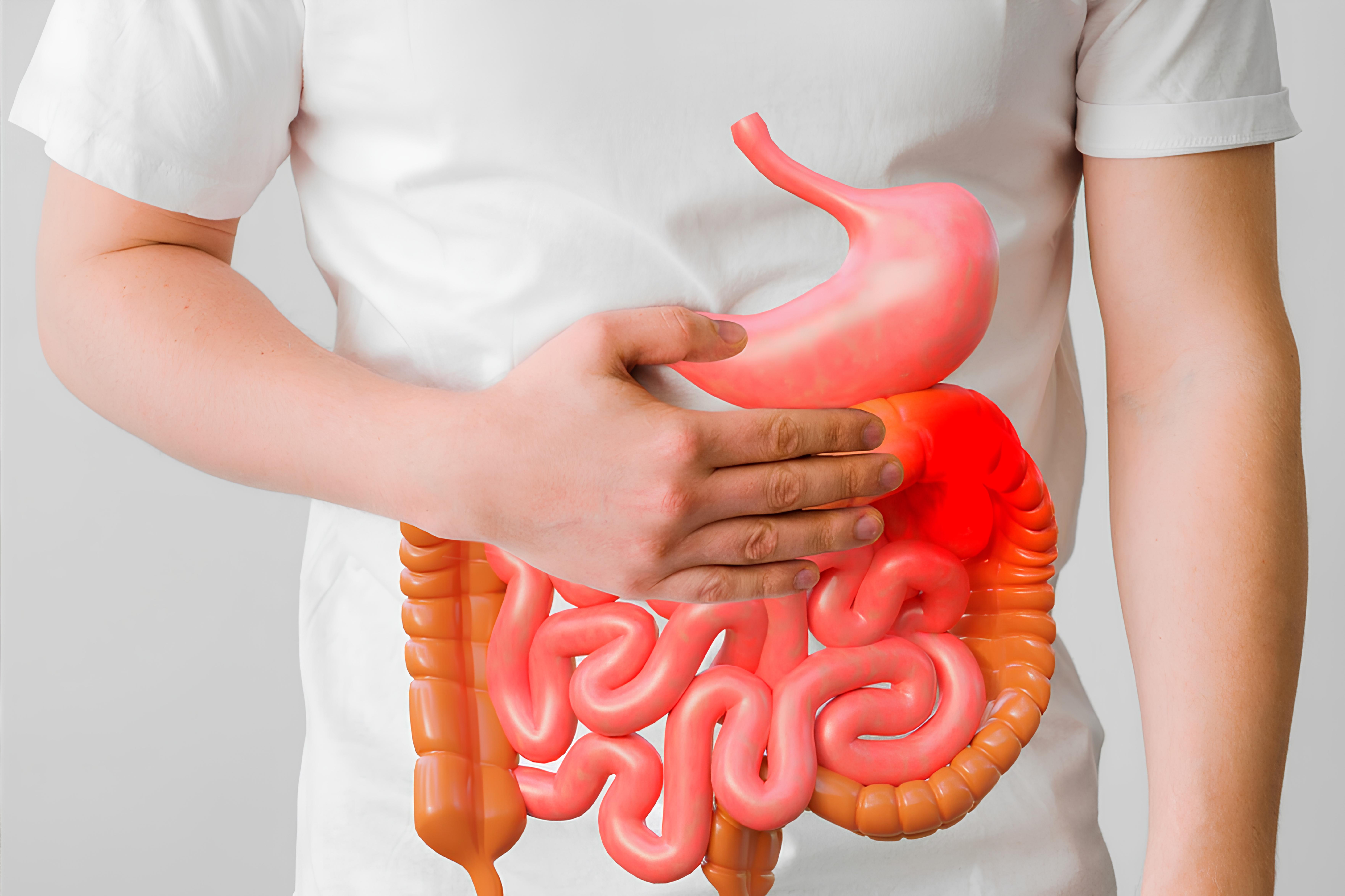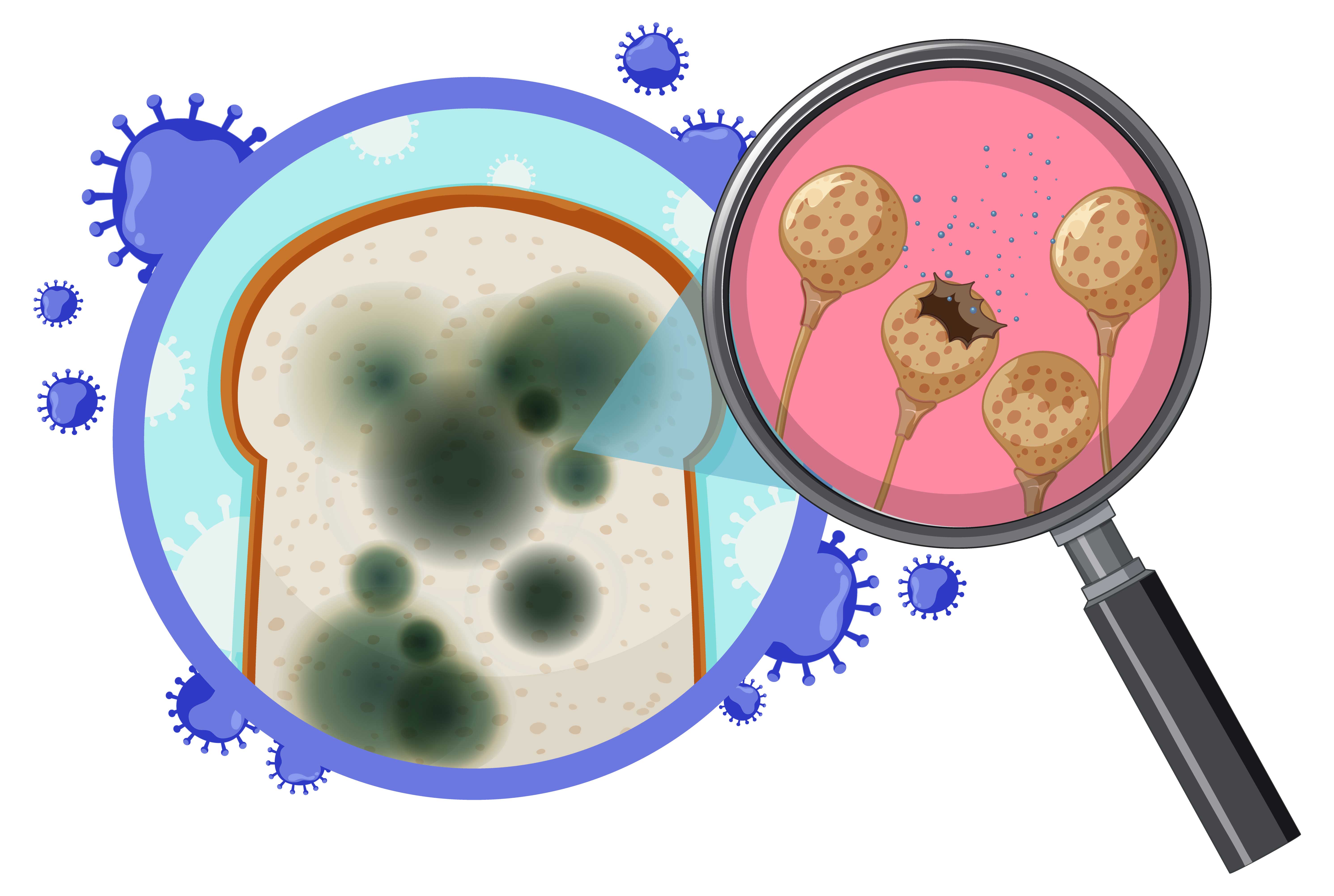HIV/AIDS
"HIV/AIDS: One of the greatest tragedies of the 20th century. Is it still?"
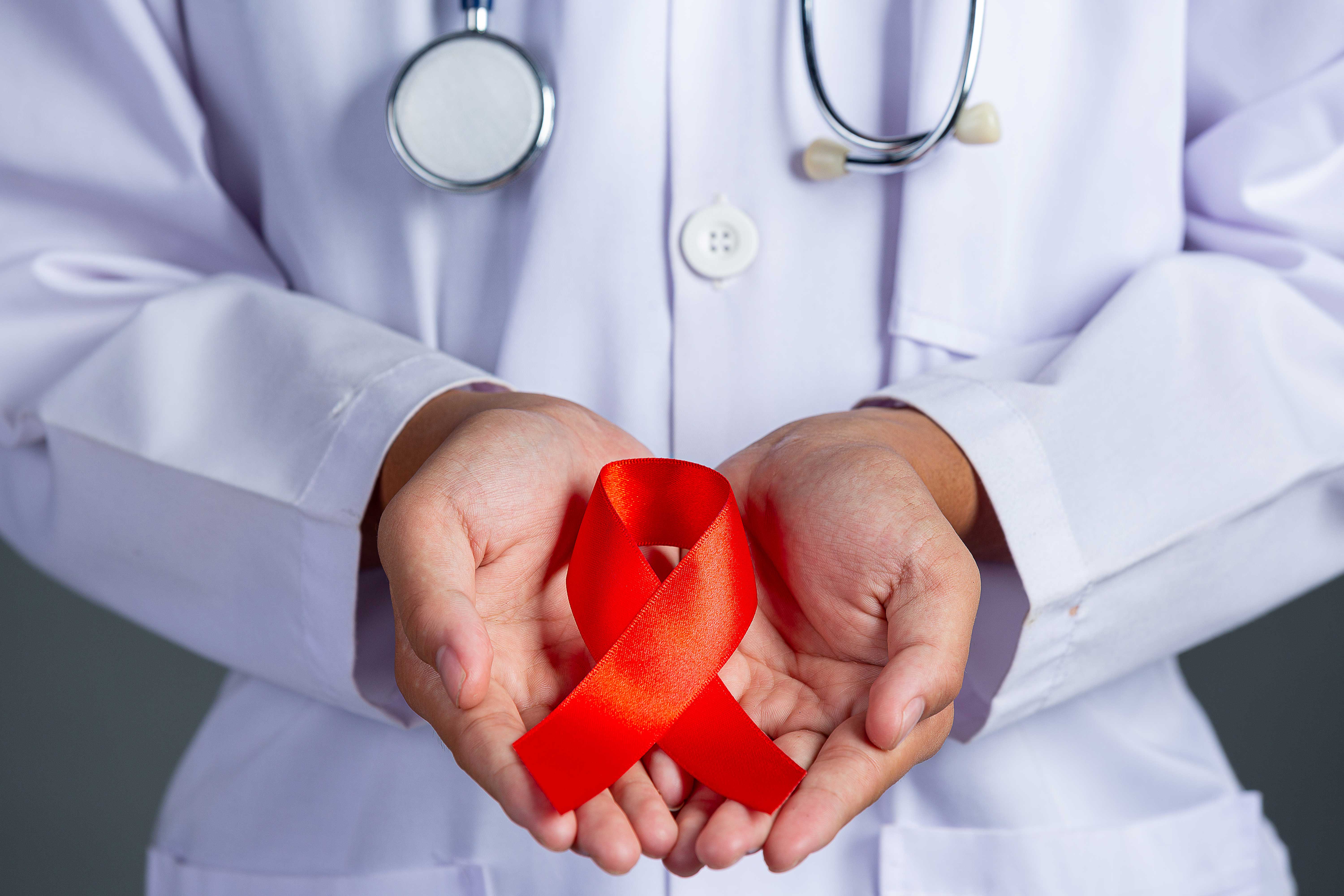
Introduction
History
Characteristics and mechanism of action of "HIV"
HIV tests
HIV infection
Transmission
Treatment approaches
1. AA. Sağlık.
Resmi kayıtlara göre Türkiye'de 32 bin 376 kişi HIV ile yaşıyor. (2022). https://www.aa.com.tr/tr/saglik/resmi-kayitlara-gore-turkiyede-32-bin-376-kisi-hiv-ile-yasiyor/2751954
(Accessed: 01.29. 2024).
2. Australian Government Department of
Health Therapeutic Goods Administration. Proposed performance requirements and
risk mitigation strategies for HIV tests. (2014). https://www.tga.gov.au/sites/default/files/consultation-proposed-performance-requirements-and-risk-mitigation-strategies-hiv-tests.pdf
3. Aybar-Flores A, et al. Predicting the
HIV/AIDS Knowledge among the Adolescent and Young Adult Population in Peru:
Application of Quasi-Binomial Logistic Regression and Machine Learning
Algorithms. (2023). https://pubmed.ncbi.nlm.nih.gov/37047934/
4. Barré-Sinoussi F, et al. Isolation of a
T-lymphotropic retrovirus from a patient at risk for acquired immune deficiency
syndrome (AIDS). (1983). https://pubmed.ncbi.nlm.nih.gov/6189183/
5. Calado M, et al. Cell-to-Cell
Transmission of HIV-1 and HIV-2 from Infected Macrophages and Dendritic Cells
to CD4+ T Lymphocytes. (2023).
https://pubmed.ncbi.nlm.nih.gov/37243118/
6. Centers for Disease Control (CDC).
Pneumocystis pneumonia--Los Angeles. (1981). https://pubmed.ncbi.nlm.nih.gov/6265753/
7. Centers for Disease Control (CDC). A cluster
of Kaposi's sarcoma and Pneumocystis carinii pneumonia among homosexual male
residents of Los Angeles and Orange Counties, California. (1982). https://pubmed.ncbi.nlm.nih.gov/6811844/
8. Centers for Disease Control and Prevention
(CDC). Revised surveillance case definition for HIV infection--United States,
2014. (2014). https://pubmed.ncbi.nlm.nih.gov/24717910/
9. Cloyd MW. Human Retroviruses. (1996). https://pubmed.ncbi.nlm.nih.gov/21413279/
10. Faust L and
Yaya S. The effect of HIV educational interventions on HIV-related knowledge,
condom use, and HIV incidence in sub-Saharan Africa: a systematic review and
meta-analysis. (2018). https://pubmed.ncbi.nlm.nih.gov/30424761/
11. German
Advisory Committee Blood (Arbeitskreis Blut), Subgroup ‘Assessment of Pathogens
Transmissible by Blood’. Human Immunodeficiency Virus (HIV). (2016).
https://pubmed.ncbi.nlm.nih.gov/27403093/
12. Gallo RC, et al. Frequent detection and
isolation of cytopathic retroviruses (HTLV-III) from patients with AIDS and at
risk for AIDS. (1984). https://pubmed.ncbi.nlm.nih.gov/6200936/
13. Greene WC. A history of AIDS: looking back to
see ahead. (2007).
https://pubmed.ncbi.nlm.nih.gov/17972351/
14. Huynh K and Kahwaji CI. HIV Testing. (2023).
https://www.ncbi.nlm.nih.gov/books/NBK482145/
15. Kemnic TR and Gulick PG. HIV Antiretroviral
Therapy. (2024).
https://pubmed.ncbi.nlm.nih.gov/30020680/
16. Medical New Today. Articles. 323825.
https://www.medicalnewstoday.com/articles/323825 (Accessed: 01.24.2024)
17. National
Institute of Health. HIVINFO. Understanding HIV. Fact Sheets. HIV Testing. https://hivinfo.nih.gov/understanding-hiv/fact-sheets/hiv-testing
(Accessed: 01.24.2024)
18. National
Institute of Health. Health. Topics. HIV. Condition Info. Transmission. https://www.nichd.nih.gov/health/topics/hiv/conditioninfo/transmission#f1
(Accessed: 01.24.2024)
19. National
Institute of Health. HIV INFO. Understanding HIV. Fact-Sheets. Stages HIV Infection.
https://hivinfo.nih.gov/understanding-hiv/fact-sheets/stages-hiv-infection
(Accessed: 01.24. 2024)
20. National
Institute of Health. HIV INFO. Understanding HIV. Fact-Sheets. HIV and
Immunization. https://hivinfo.nih.gov/understanding-hiv/fact-sheets/hiv-and-immunizations#:~:text=There%20are%20no%20vaccines%20to,higher%20risk%20of%20getting%20them.
(Accessed: 01.24.2024)
21. Palmisano L and Vella S. A brief history of
antiretroviral therapy of HIV infection: success and challenges. (2011). https://pubmed.ncbi.nlm.nih.gov/21430338/
22. Popovic M,
et al. Detection, isolation, and continuous production of cytopathic
retroviruses (HTLV-III) from patients with AIDS and pre-AIDS. (1984).
https://pubmed.ncbi.nlm.nih.gov/6200935/
23. Romero RA,
et al. Technology-Delivered Intervention Strategies to Bolster HIV Testing.
(2021). https://pubmed.ncbi.nlm.nih.gov/34109549/
24. Safrin S. 49. Ünite Antiviral Ajanlar. Çev.:
Yıllar DO, Akkan AG, Ünlü Taşdemir F. Temel ve Klinik Farmakoloji Ed. Katzung
BG. Nobel Tıp Kitabevleri. (2021). 15. Basım. S: 870-884.
25. Shaeffer S.
UNESCO Section for Preventive Education The Impact of HIV/AIDS on Education a
review of literature and experience. (1994).
https://healtheducationresources.unesco.org/sites/default/files/resources/ImpEduc.pdf
26. Sharp PM and Hahn BH. Origins of HIV and the
AIDS pandemic. (2011).
https://pubmed.ncbi.nlm.nih.gov/22229120/
27. Sili U. Ünite
14.14. Antiretroviral İlaçlar. Güncel Farmakoloji Fizyoloji Temelinde Hasta
Odaklı Yaklaşım. Eds. Şener G, Gören MZ, Okuyan B, Çağlayan Yeğen B. Güneş Tıp
Kitapevleri, İstanbul (2022). S: 758-764.
28. Tseng A, et
al. The evolution of three decades of antiretroviral therapy: challenges,
triumphs and the promise of the future. (2015). https://pubmed.ncbi.nlm.nih.gov/24730660/
29. UNAIDS. Media Asset. UNAIDS.
Fact-Sheet. https://www.unaids.org/sites/default/files/media_asset/UNAIDS_FactSheet_en.pdf
(Accessed: 01.24.2024)
30. UNAIDS. Resources. Fact-Sheet. https://www.unaids.org/en/resources/fact-sheet
31. Vidya Vijayan KK, et al. Pathophysiology
of CD4+ T-Cell Depletion in HIV-1 and HIV-2 Infections. (2017). https://pubmed.ncbi.nlm.nih.gov/28588579/
32. Vogel M, et al. The treatment
of patients with HIV. (2010). https://pubmed.ncbi.nlm.nih.gov/20703338
33. Weinberg JL and Kovarik CL. The
WHO Clinical Staging System for HIV/AIDS. (2010). https://pubmed.ncbi.nlm.nih.gov/23140869/
34. WHO. Data. Themes. HIV-AIDS. https://www.who.int/data/gho/data/themes/hiv-aids
(Accessed: 01.24.2024)
35. World Health
Organisation (WHO). Consolidated Guidelines on the Use of Antiretroviral Drugs
for Treating and Preventing HIV Infection: Recommendations for a Public Health
Approach. ANNEX 10, WHO clinical staging of HIV disease in adults, adolescents
and children. (2016). https://pubmed.ncbi.nlm.nih.gov/27466667/
36. Yaylali E,
et al. Modeling the future of HIV in Turkey: Cost-effectiveness analysis of
improving testing and diagnosis. (2023). https://pubmed.ncbi.nlm.nih.gov/37390076/






